From rivers and rapids paddled, mountains skied and climbed to the danger of open ocean sailing and sea-cliff diving, sports depend on nature for challenge, excitement, exploration… or just a place to play. Nature is also the very foundation of many sports, from helping athletes stay healthy to the venues and spaces that make competition and training possible.
However, our planet’s natural systems are under pressure like never before, increasingly affecting the sports that depend on it, such as winter sports resorts that lack snow due to climate change or track and field events organised in cities with poor air quality.
We have a duty to protect nature; the impact of new sports development contributes directly to habitat destruction.
Nature is at the centre, whether people are simply playing or spectating sport. We have a duty to protect nature which plays such a key role in the future of sport and in particular, address the new facilities and events that can put high pressure on valuable habitats. The impact of new sports development contributes directly to habitat destruction from new buildings and facilities. However, water diversion or abstraction, pollution from vehicles or sewage, soil erosion or compaction and light or noise pollution are also major problems.
WWF has engaged with sport for over two decades. Work with the London 2012 and Paris 2024 Olympics helped shape sustainable blueprints for future sporting mega events. Our Clean Water alliance with FISA, the world rowing federation, and partnership with UEFA, the European football federation, are developing sector-leading environmental initiatives. Recently, WWF’s campaign to protect UNESCO natural World Heritage sites included the sport sector, as some sports, especially winter sports, pose a particular risk to nature’s ‘crown jewels’.


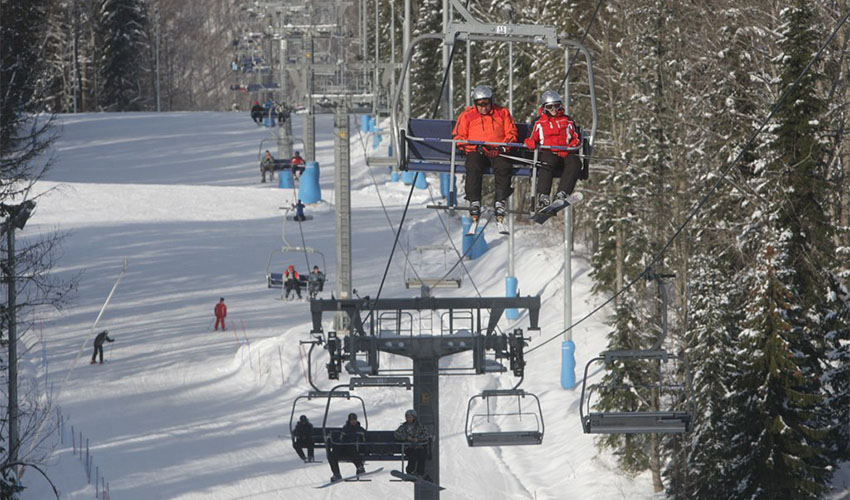
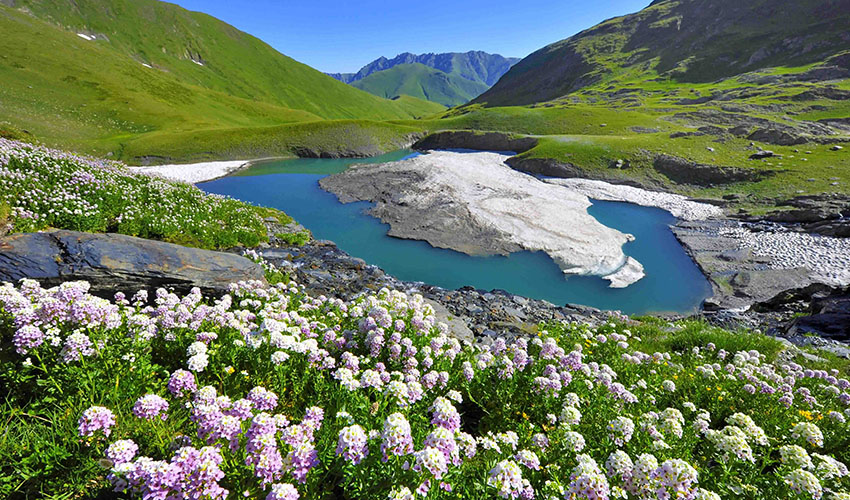
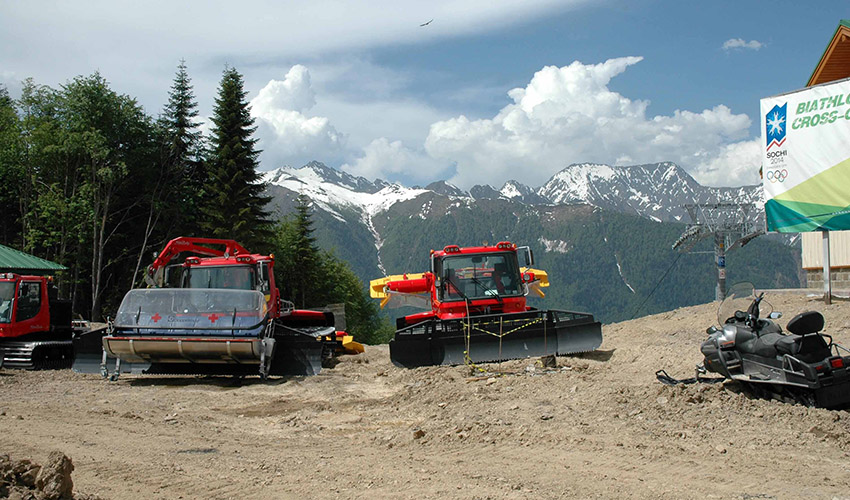
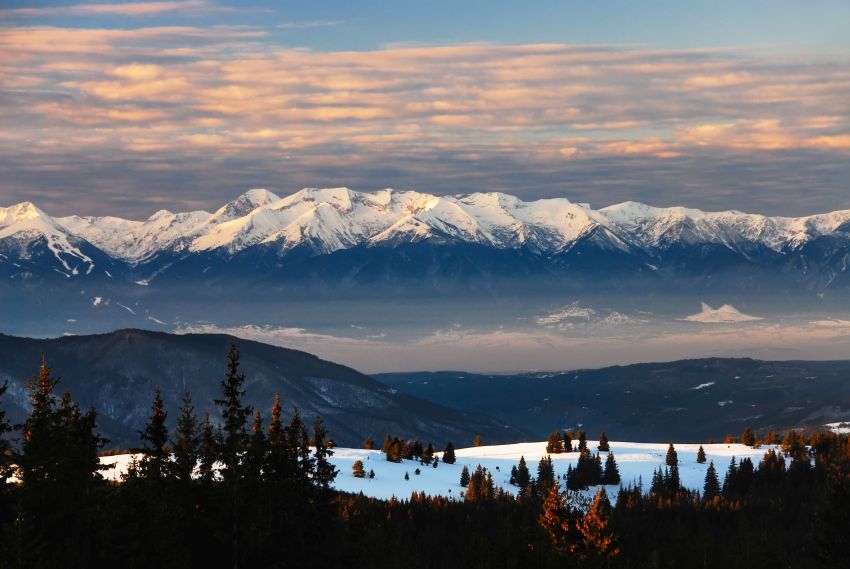
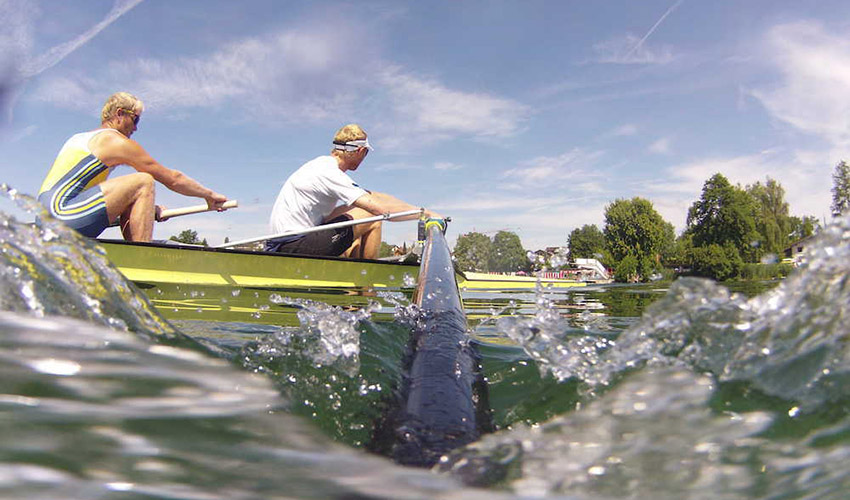
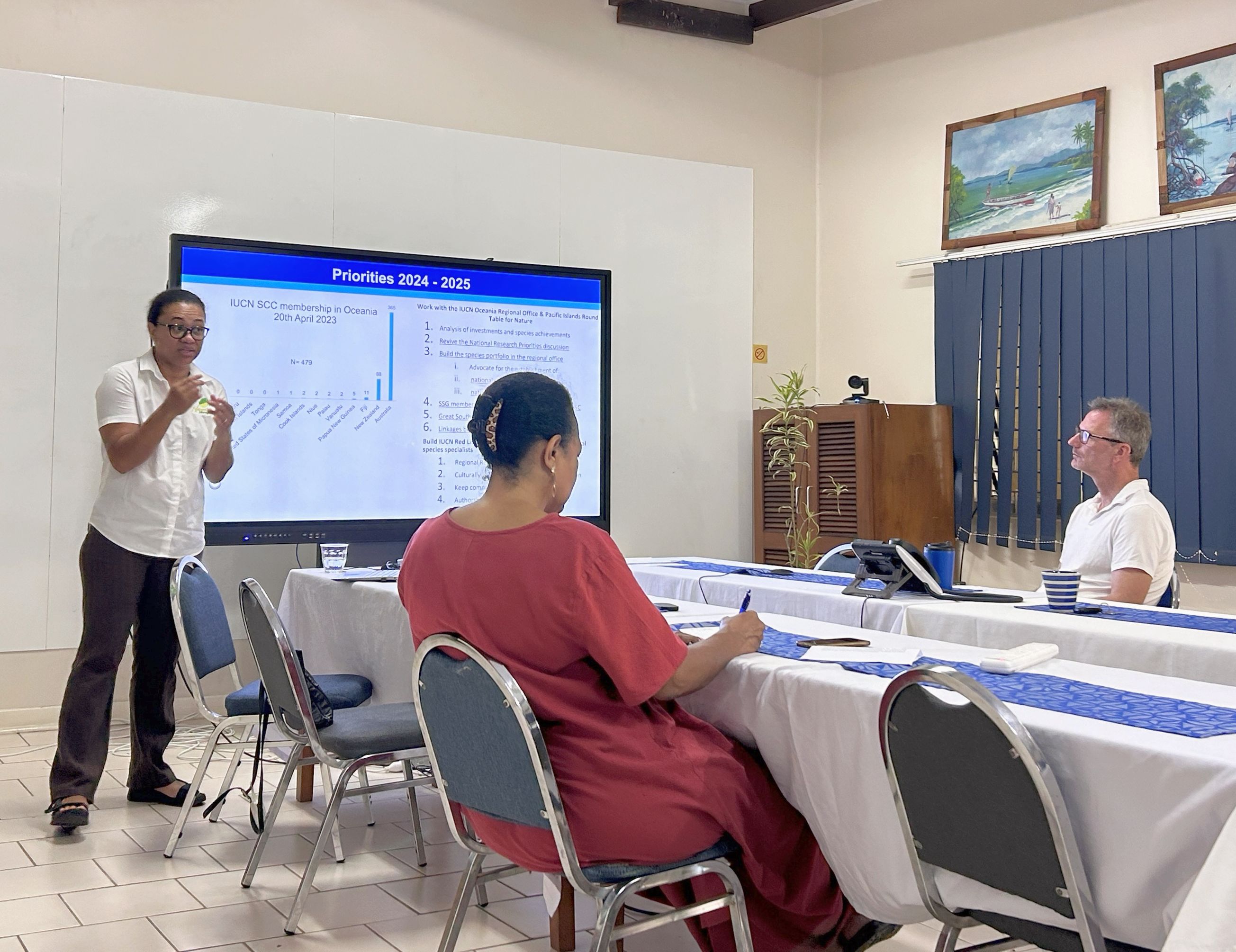
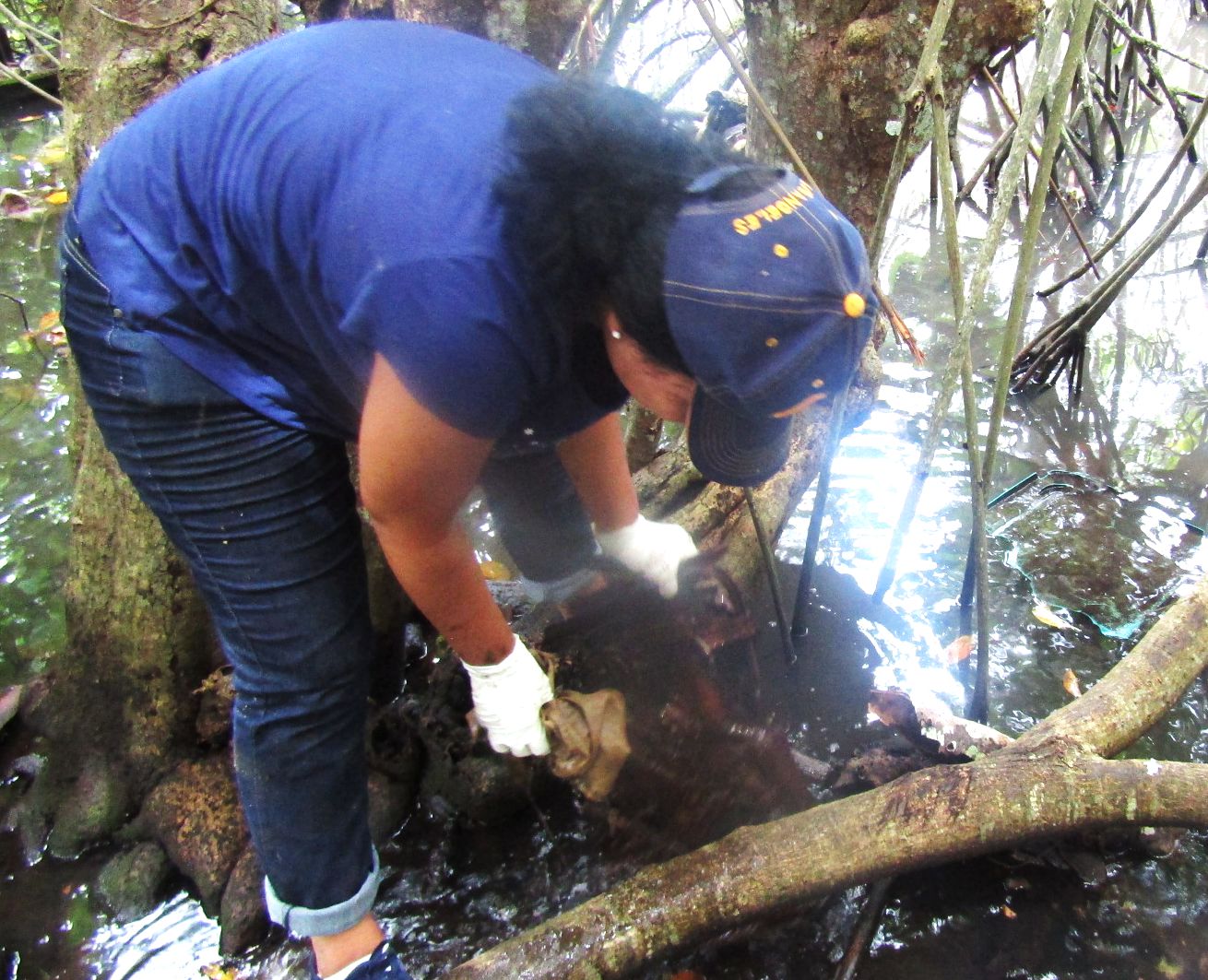
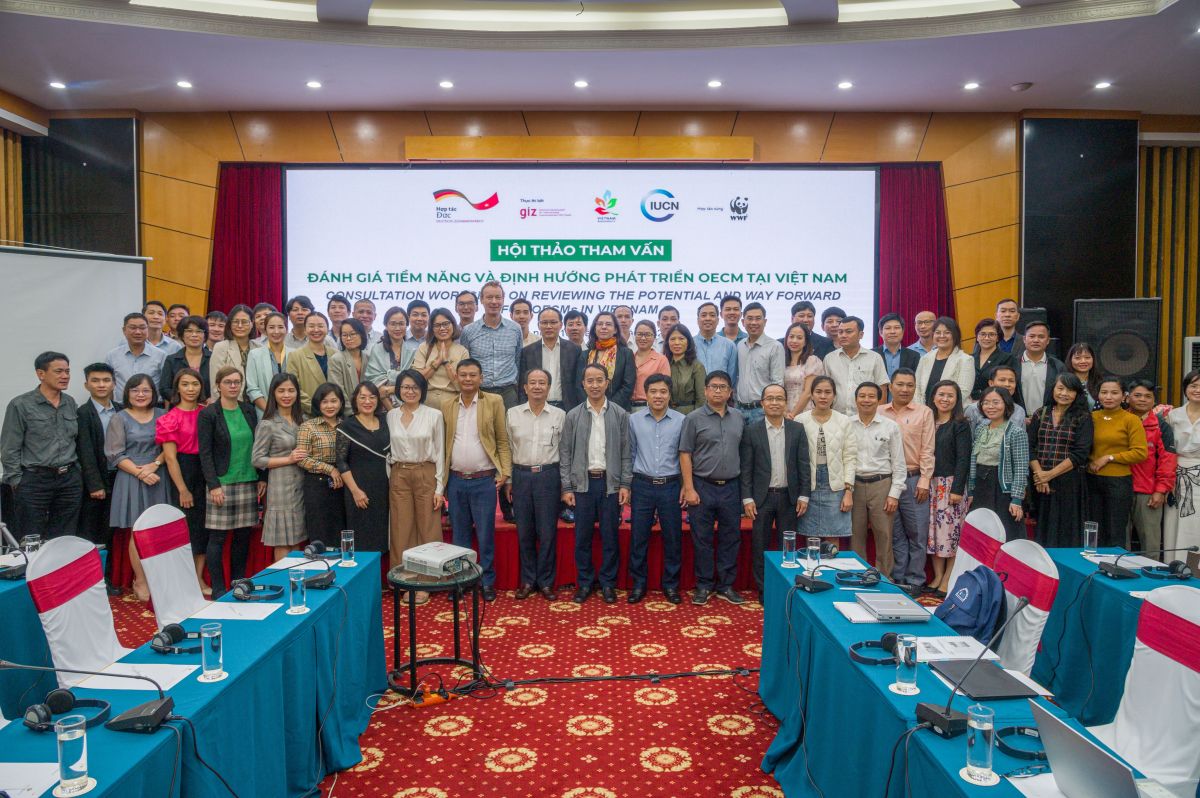

Add new comment